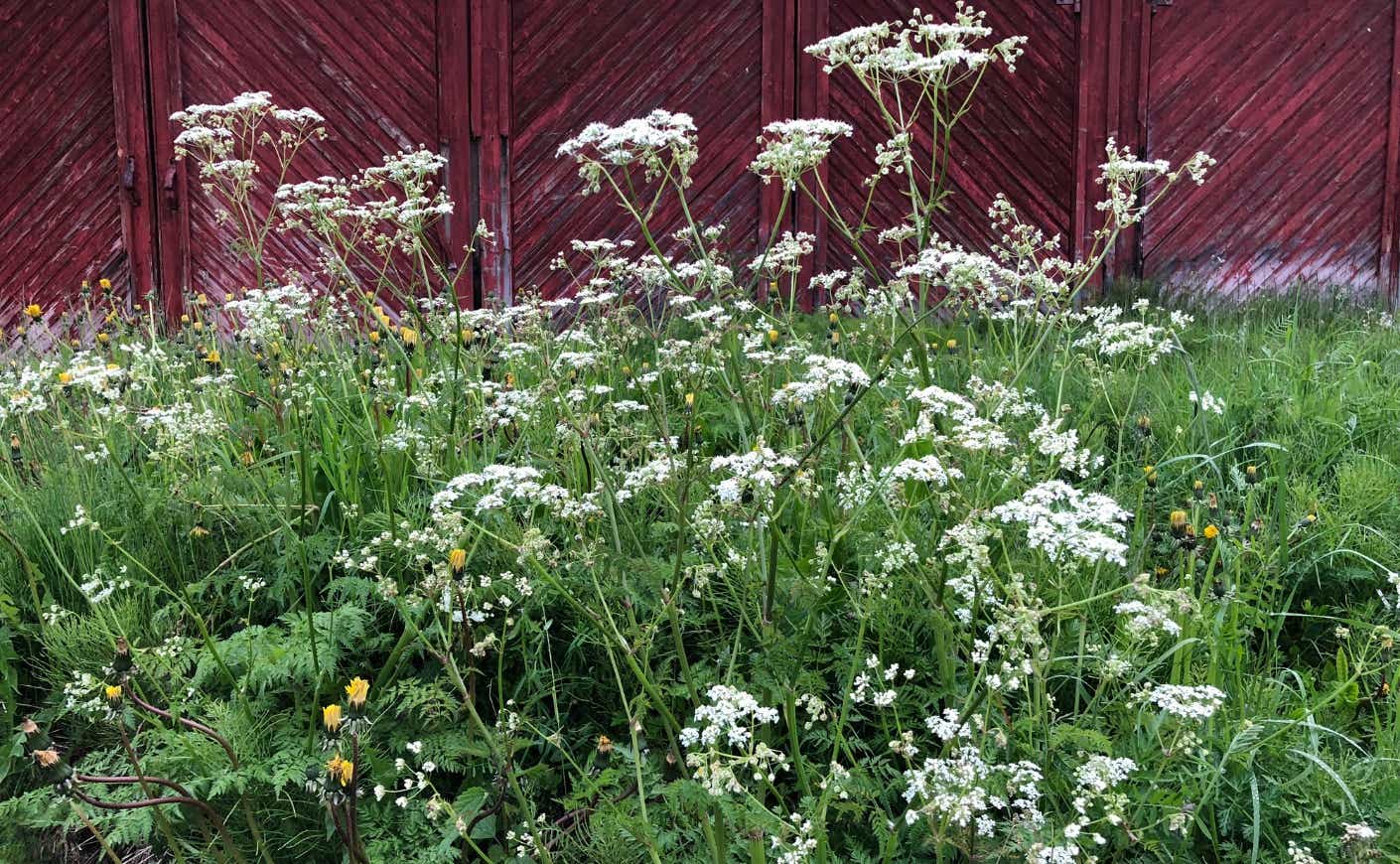Spring is officially here, and that means getting back to some of our old cleaning rituals. But if your to-do list includes clearing out weeds, beware: There’s a fatal plant that could be growing right under your nose.
As Good Housekeeping reported in its April 2022 issue, poison hemlock may appear harmless, but that’s exactly what makes it dangerous. In fact, if this poisonous plant is accidentally ingested in any way, it could potentially lead to respiratory failure or death.
But just how common is this plant? Well, chances are you’ve probably passed it along the highway, where it often likes to grow. Even though the plant originally came from Europe, the National Park Service reports that it has since spread to virtually every part of the U.S. and become a problem, especially in the Midwest and South.
To raise more awareness around this dangerous plant, we break down what it looks, what to know about the common symptoms of ingesting it, and how it’s typically treated.
What does poison hemlock look like?
The plant, which can grow up to 10 feet tall, has white flowers that grow in small clusters, and the hollow stem is usually marked with purple spots. But be extra careful: its distinctive reddish-purple spotting roots can be easily mistaken for wild parsnips, and its fern-like leaves look a lot like parsley.
Poison hemlock can also be distinguished from its tasty lookalikes by smell. Once crushed, it has been described as having a musty or “mouse urine”-type odor. But smelling isn’t recommended, as it can trigger asthma symptoms and increase your risk of developing a reaction.
Those with small children or dogs should be extra vigilant near any roadsides, cultivated fields, creek beds, irrigation ditches, and waste areas. In some places, these plants grow year-round, so it never hurts to be on guard.
Why is hemlock so dangerous?
Every single part of the hemlock is poisonous — from its flowers and leaves right down to its seeds and sap (or the watery fluid often found in plants). That’s because the poisonous hemlock contains highly toxic compounds known as alkaloids.
“The chemicals are in the sap, but the sap circulates throughout the whole plant, including the roots and seeds, so all parts of the plant are toxic,” Joe Boggs, an assistant professor of entomology for The Ohio State University Extension, told Good Housekeeping.
Even inhaling the plant can be catastrophic for your health. As reported by Good Housekeeping, Jim LeBlond, a father in Ohio, became hospitalized one day after he inhaled poison hemlock while working in his yard one day. Luckily, he survived — but he later had to undergo heart surgery as a result of all the damage it left behind.
You also don’t want to touch it because that can cause blisters and welts, so if you’re going to remove it, make sure you suit up with gloves, long sleeves, pants, and eye protection.
What are some of the common symptoms of hemlock poisoning?
Though it doesn’t take much to fall ill, the severity of the symptoms generally depends on how much of the plant gets into your system as well as the season. (For instance, the leaves are especially poisonous up until they produce flowers in the spring.)
But these symptoms generally include dilated pupils, muscle pain, convulsions, muscle weakness, trembling or loss of consciousness. In more severe cases, ingesting this plant can lead to more serious health issues and complications. In addition to respiratory failure and death, poisoning can result in acute renal failure or a breakdown of skeletal muscle if left untreated.
Timing is also key because symptoms could take hours or even as little as 30 minutes to develop. That’s why if you suspect that you may have come into contact with this poisonous plant, you should see your doctor or get medical help immediately.









